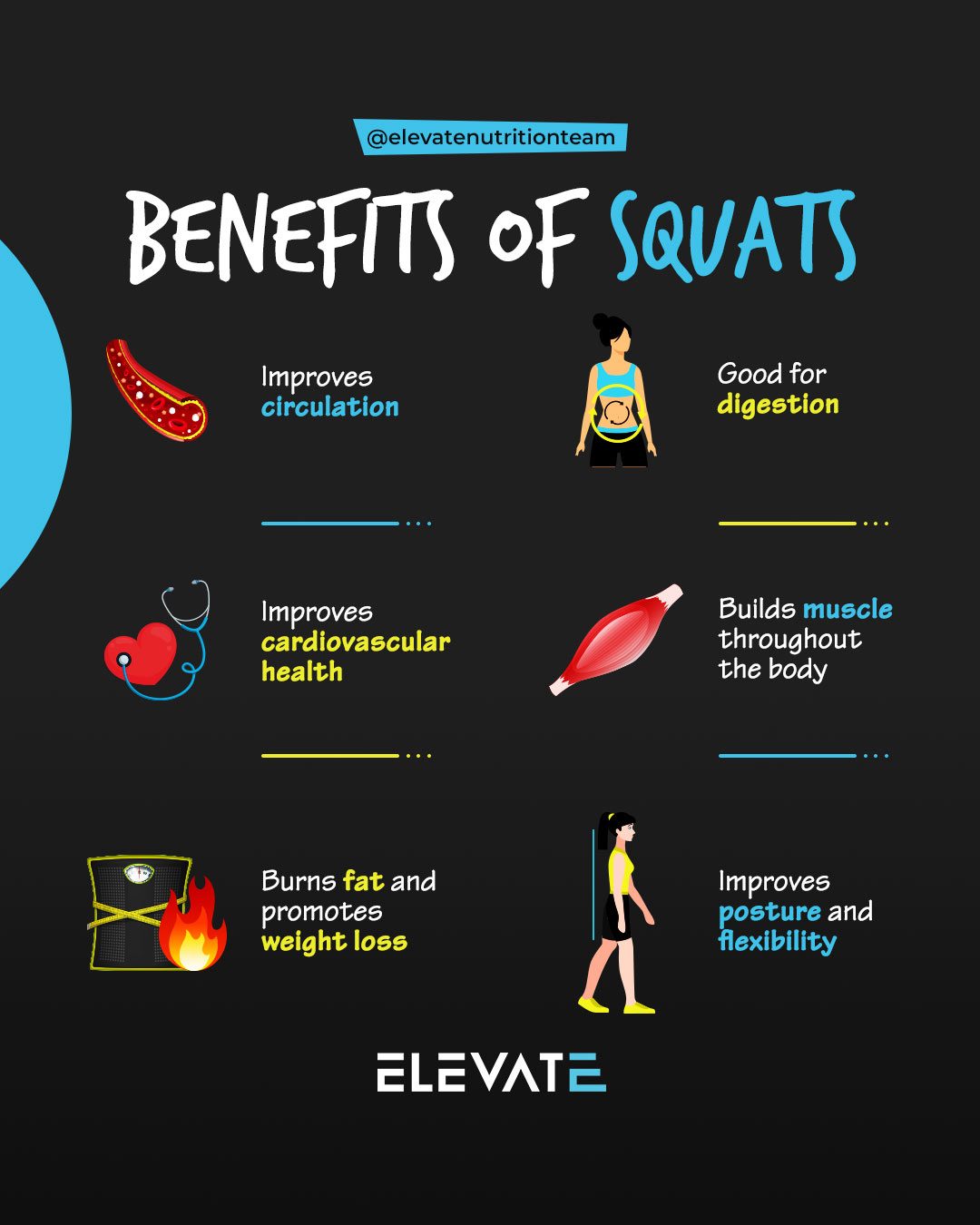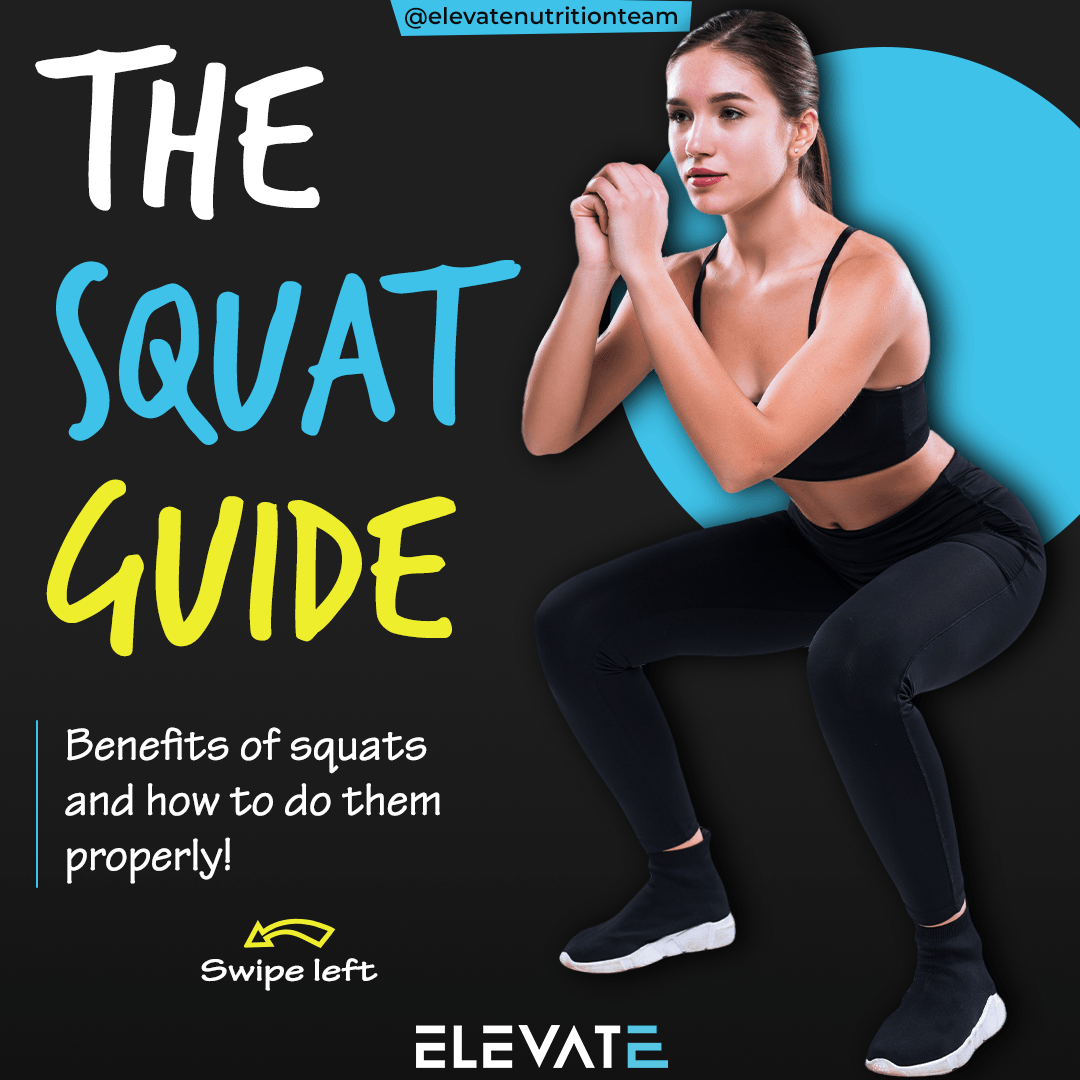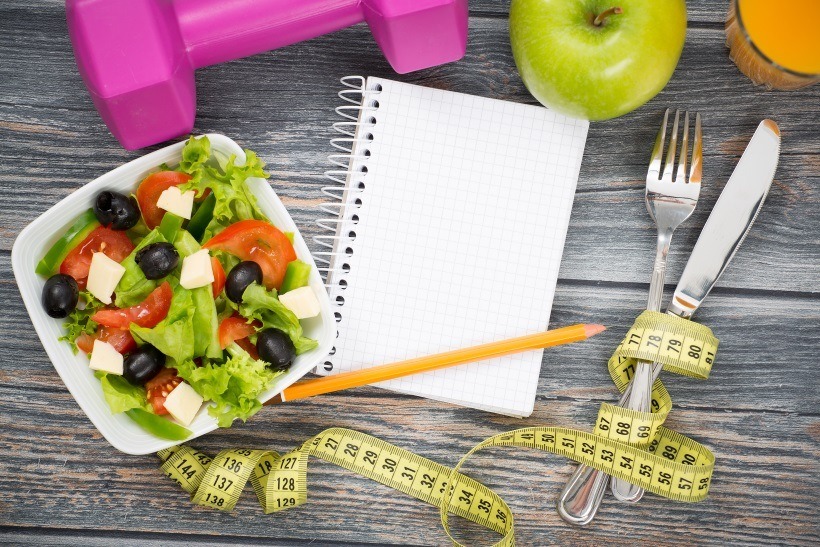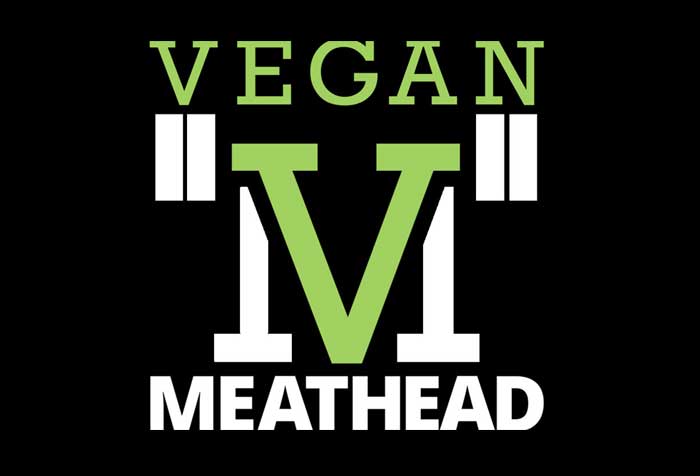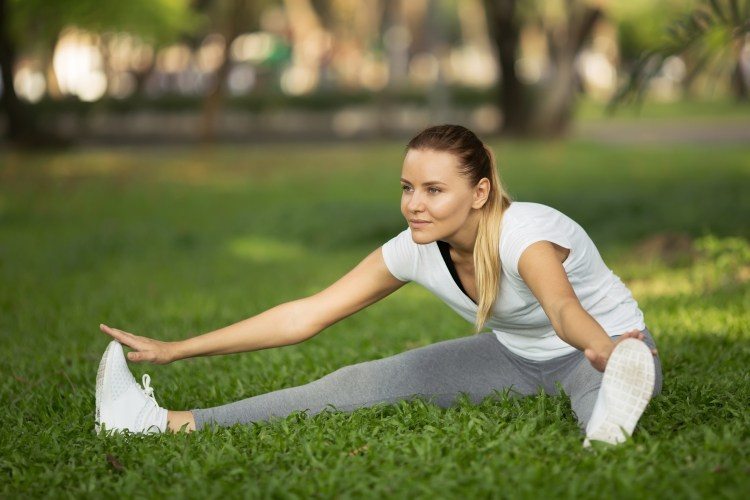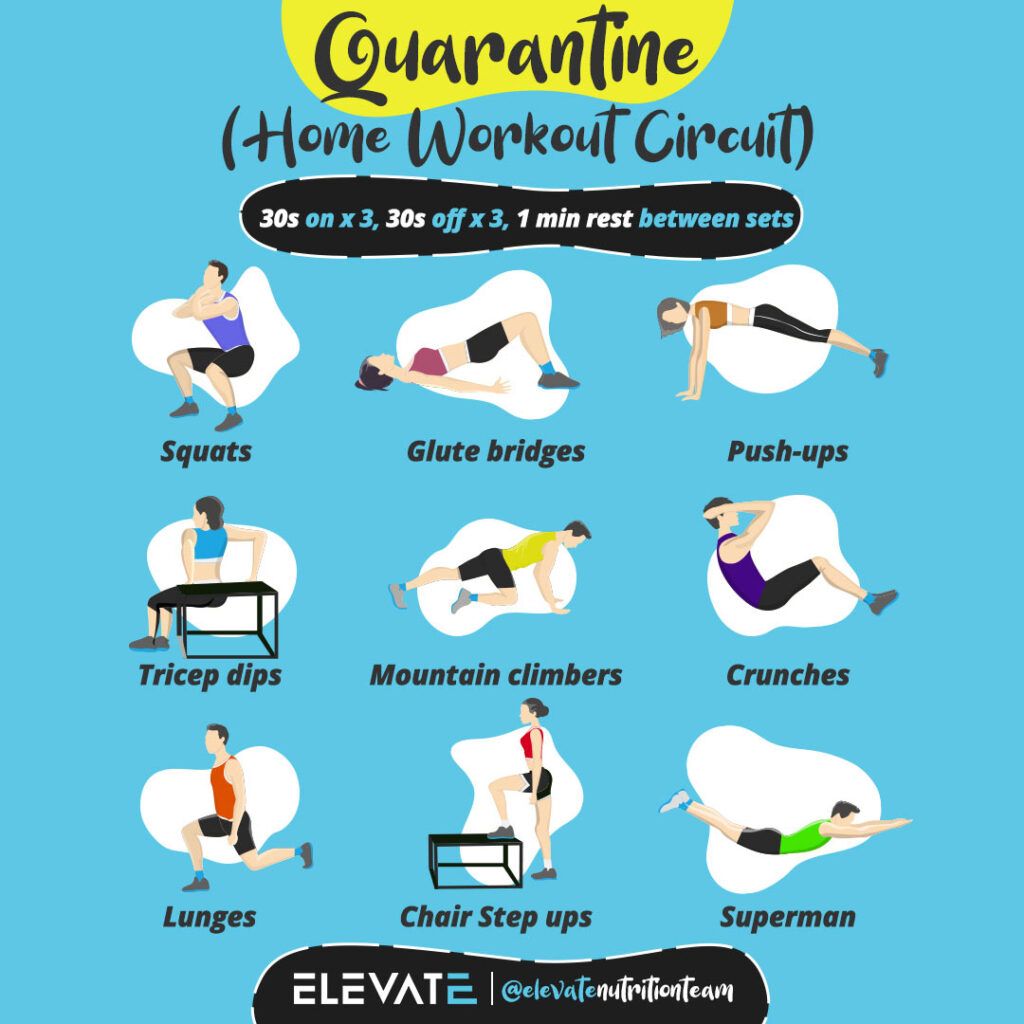There’s no better form of strength training exercises for your lower half than the humble squat! Whether you are trying to lose weight or build muscle, it has to be one of the most effective exercises that you can do.
The squat is often described as a ‘compound movement’ and a ‘dynamic strength training exercise’ primarily because it requires nearly every muscle in your body.
It not only works the largest muscles of the body, including the butt and the legs, but also includes those areas that are harder to reach, such as the glutes, quadriceps, and hamstrings. It is also a foundational exercise because it helps you perform many other movements that you do on a daily basis, such as climbing the stairs, or bending down to pick something from the floor.
However, many people often do it wrong. The squat requires you to follow a particular form or method, and people tend to do it incorrectly.



How to Squat Properly – The Squat Technique
It’s very important to know how to squat properly in order to reap maximum benefits from this exercise. Follow this simple squat technique and correct your form if you’ve been doing it wrong.- Adopt the correct standing position where your feet are a little wider than your hips.
- Stand fully upright with your feet shoulder-width apart.
- Your toes should be pointing outwards slightly.
- Keep your chest up, spine in a neutral position, and put your arms straight out so that they are parallel to the ground in front of you.
- The weight of your body should be on your heels in a way that you can easily wiggle your toes if you want to.
- Make sure your body is tight the whole time for the entire movement.
- Take a deep breath into your stomach and start sending your hips backward. Your knees will begin to bend at this point.
- Squat down and make sure your hip is parallel to your kneecaps or below them.
- At this point, your knees should be in a parallel position with your feet.
- Once your hip joint is parallel to your knees, it’s time for you to stand back up to complete the movement.
- Keep your body tight, breathe out, and drive your knees away from each other in an outward position.
- Use your heels and the balls of your feet to stand up while they stay put on the ground.
- Make sure to keep your head in a straight neutral position throughout the movement.
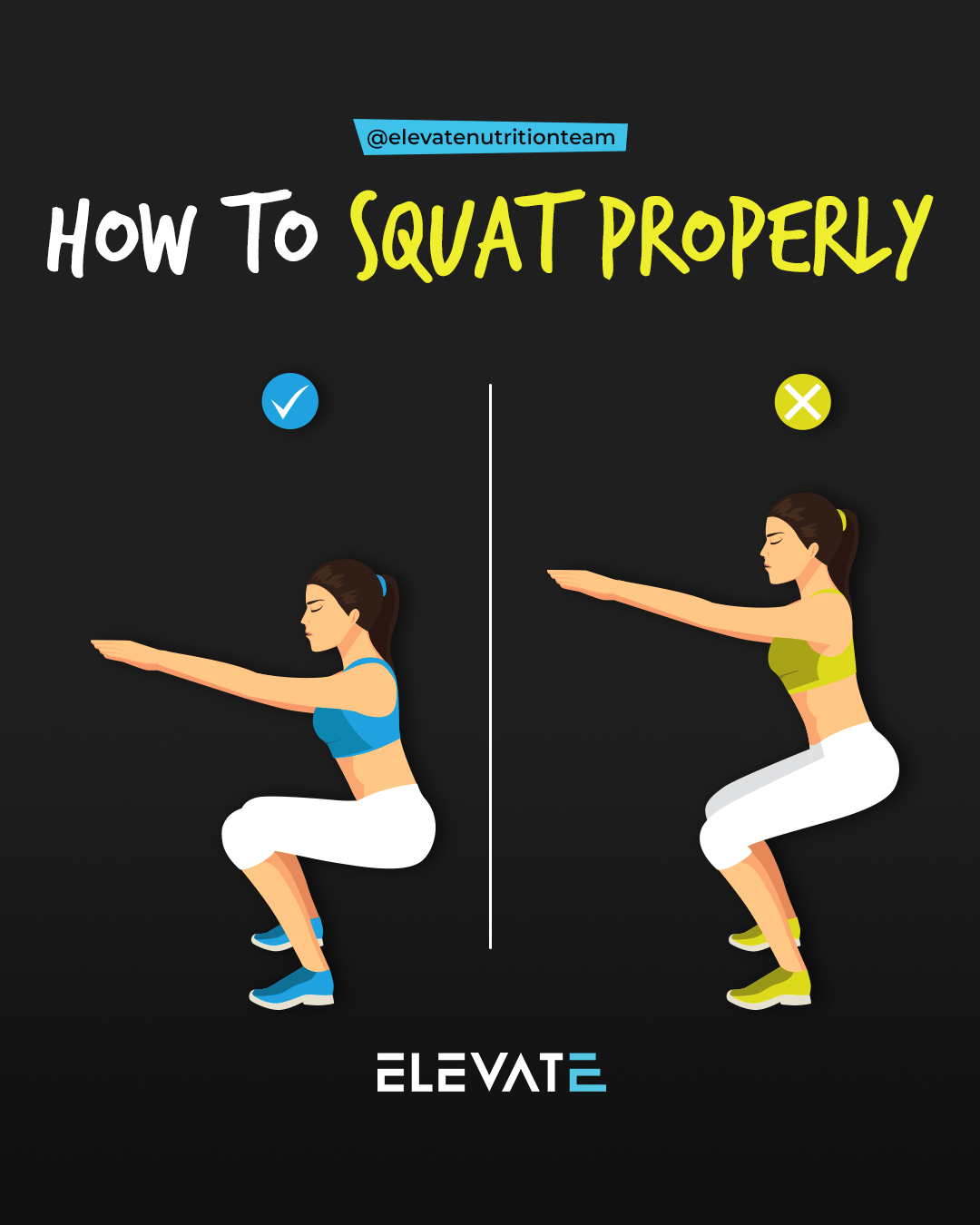
Dos and Don’ts of Squats
It is vital that you perform your squats exactly the way they are supposed to be done to get the most out of your squat workouts. There may be times when you think that you’re doing it right, but it’s possible that you end up missing out on a few key steps and points during the movement. Go through this quick list of do’s and don’ts to help you perfect your squat position.Dos
- Squat all the way down and feel the weight on your knees and lower back.
- Make sure your feet are facing forward to prevent the risk of lower limb injury.
- Put all your weight on your heels and lean back as further as you can.
- Keep your chest test and high throughout the movement to help tighten your core.
- Make sure your upper body is straight at all times
- Place your feet in a way that they are hip-width apart,
Don’ts
- Don’t let your knees go inwards and focus on rotating them outwards.
- Don’t allow your heels or toes to come up.
- Don’t start from the knees because it places unnecessary stress and pressure on them.
- Never look down and make sure that you are always looking straight ahead because it can affect your posture.
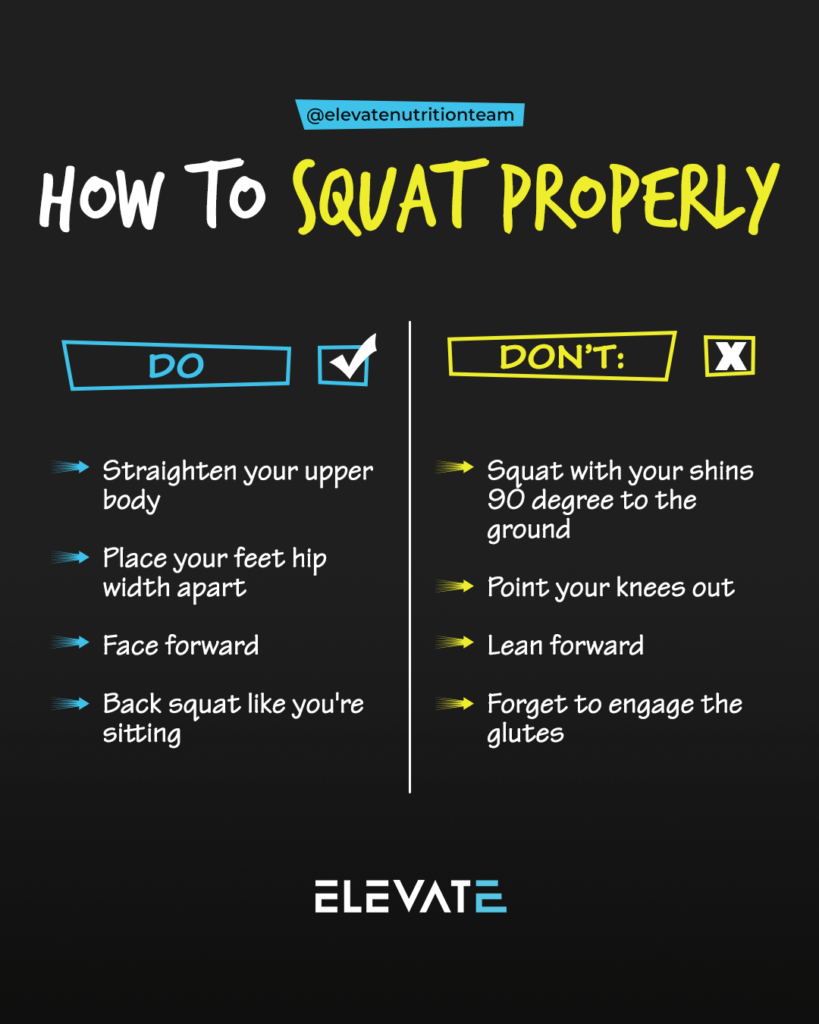
Benefits of Squats
Other than helping you power through daily tasks, there so many incredible benefits of squats that greatly help tone your body. Since it’s a functional exercise, it’s best to take time out and do squats every day! Adding squats to your daily routine or workout regime is a great way to promote easy bodily movement, boost your performance, and prevent the risk of injury. Take a look at some amazing benefits of squats that will make you want to start squatting right away!